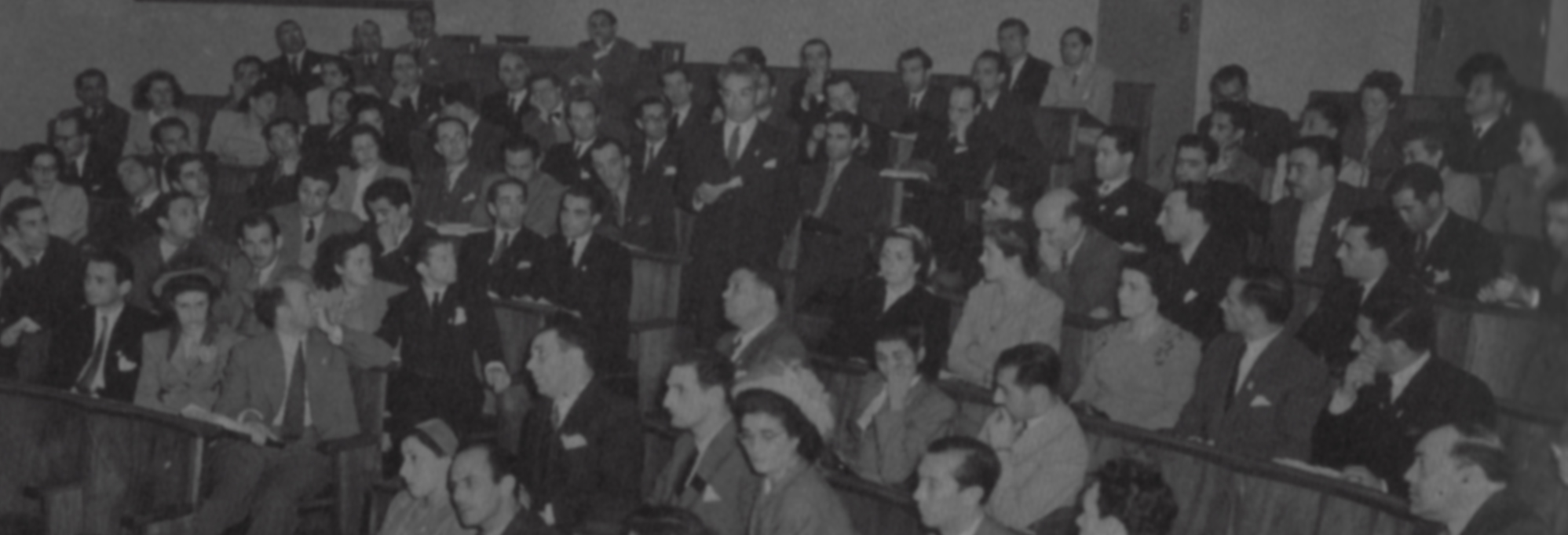MdH Principal Investigator
Rui Jorge Garcia Ramos
Organising Committee
Raquel Paulino (Coord.)
Virgílio Borges Pereira
Gisela Lameira
Luciana Rocha
CONGRESS TOPICS
1. COLONISING TERRITORIES, CONQUERING WILLS: HOUSING AS POLITICAL WEAPON.
Table coordinator | TERESA CÁLIX AUGUSTO
The first half of the 20th century witnessed the rise of fascist and authoritarian movements across the world. At the same time, housing for working classes, previously seen as a social instrument with hygienist purposes, became a topic of political interest. The growth of the labour movement and of the demand for a state response to the lack of housing pressured governments to produce housing massively and quickly to appease voters and suppress social uprisings. This section of the conference focuses on the use of housing as a political instrument in varying political contexts, from the first experiences in democratic regimes and welfare states to the multiple versions of authoritarianism that marked the century.
2. THE SOCIAL DIMENSION OF THE HOUSING PROBLEM. REORGANIZING SOCIETIES AND CITIES IN MODERNITY.
Table coordinator | VIRGÍLIO BORGES PEREIRA
With industrialization and modernity, the relations between society and housing became increasingly problematic. Although socially and politically constructed, the genesis of these problems is usually forgotten, or not totally taken into account, when it comes to think about the modern history of the cities and the role of the “housing question” in their current definition. This section of the conference invites scholars to specify the social and political configurations underlying the development of social housing programmes and to understand the significance of State’s action in the shaping of modern cities.
3. HOUSING BUILDINGS AS TYPO-MORPHOLOGICAL LABORATORIES DURING THE 20th CENTURY.
Table coordinator | GISELA LAMEIRA
In Portugal, as in other countries, the single-family housing model remained a preference for most initiatives of state-provided housing until very late in the 20th century. Nevertheless, multifamily housing in the urban context became prevalent in large and important cities such as Lisbon and Porto. Between the early 1910s and the late 1970s, this reality brought about the emergence of multiple types of housing buildings, carried out by different types of promoters, such as private individuals, real estate developers, and public and cooperative housing initiatives, the latter being more constrained at an economic level. On this specific subject, the state-subsidized and municipal housing initiatives, the purpose of this session is to discuss the main characteristics of the public housing programmes in different urban, economic and political contexts across the world, in terms of housing models, focusing on the transition from the single-family house model to the multi-family housing block.
4. THE CHALLENGE OF A NEW TIME. PRESERVATION OR TRANSFORMATION OF STATE-SUBSIDIZED HOUSING ARCHITECTURE.
Table coordinator | LUCIANA ROCHA
Throughout the twentieth century, the architecture of domestic space has undergone successive transformations. The internal organization of housing (spaces, uses and functions) progressively adapts to new requirements such as hygiene habits or comfort and also important social changes. In this sense, the main goal of this session is to reflect on the adaptability of state-subsidized housing architecture to the current requirements of contemporary dwellings. Therefore, the purpose is twofold: in the one hand, to take into consideration the main characteristics of these types of housing sets regarding long-term maintenance; on the other hand, to analyse the effective consequences of property transfer from the public to the private domain with respect to the maintenance of the buildings and to establish a relationship between the type of property and the transformation of the building units.
INSTITUTIONAL SUPPORT




